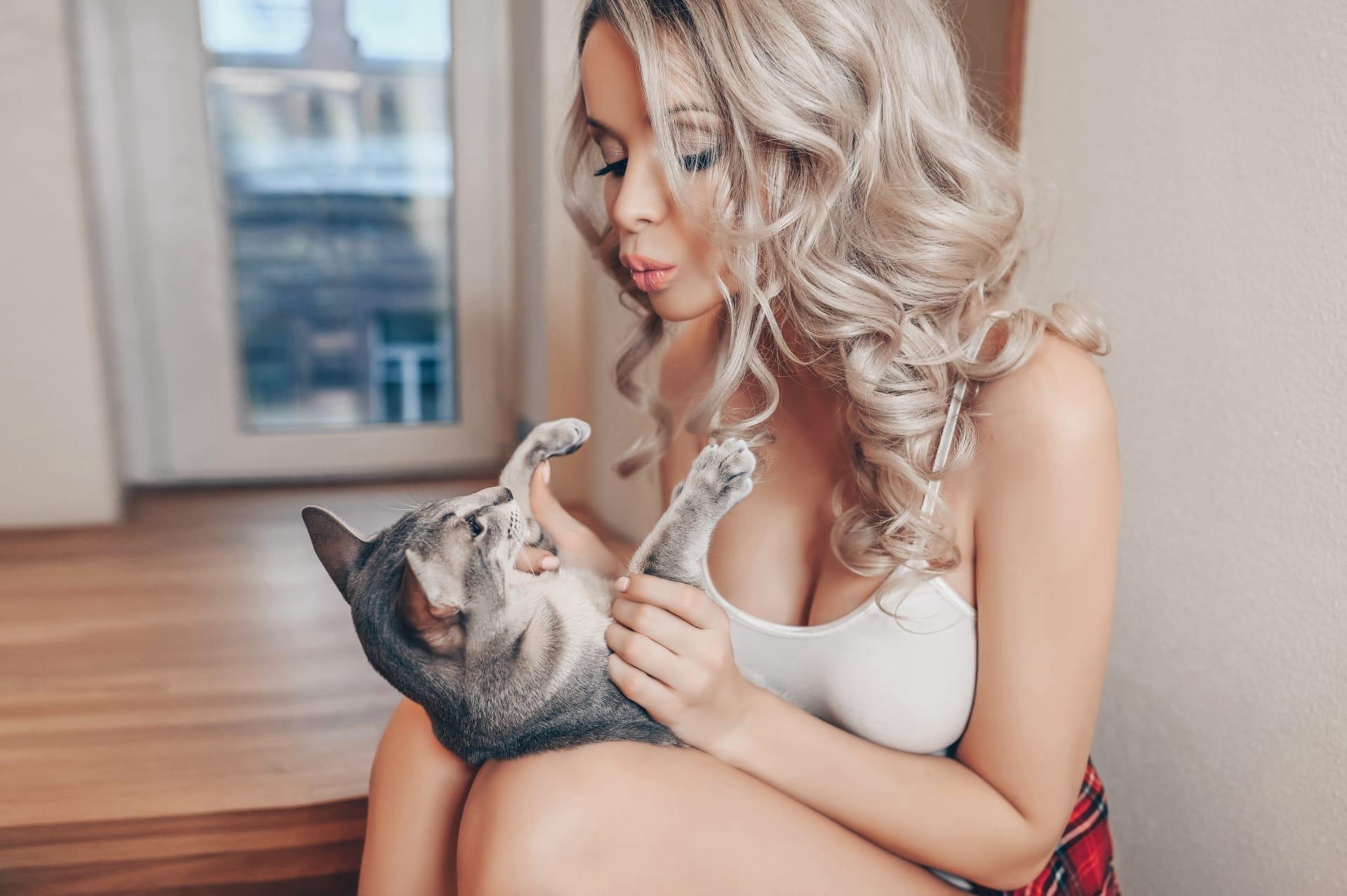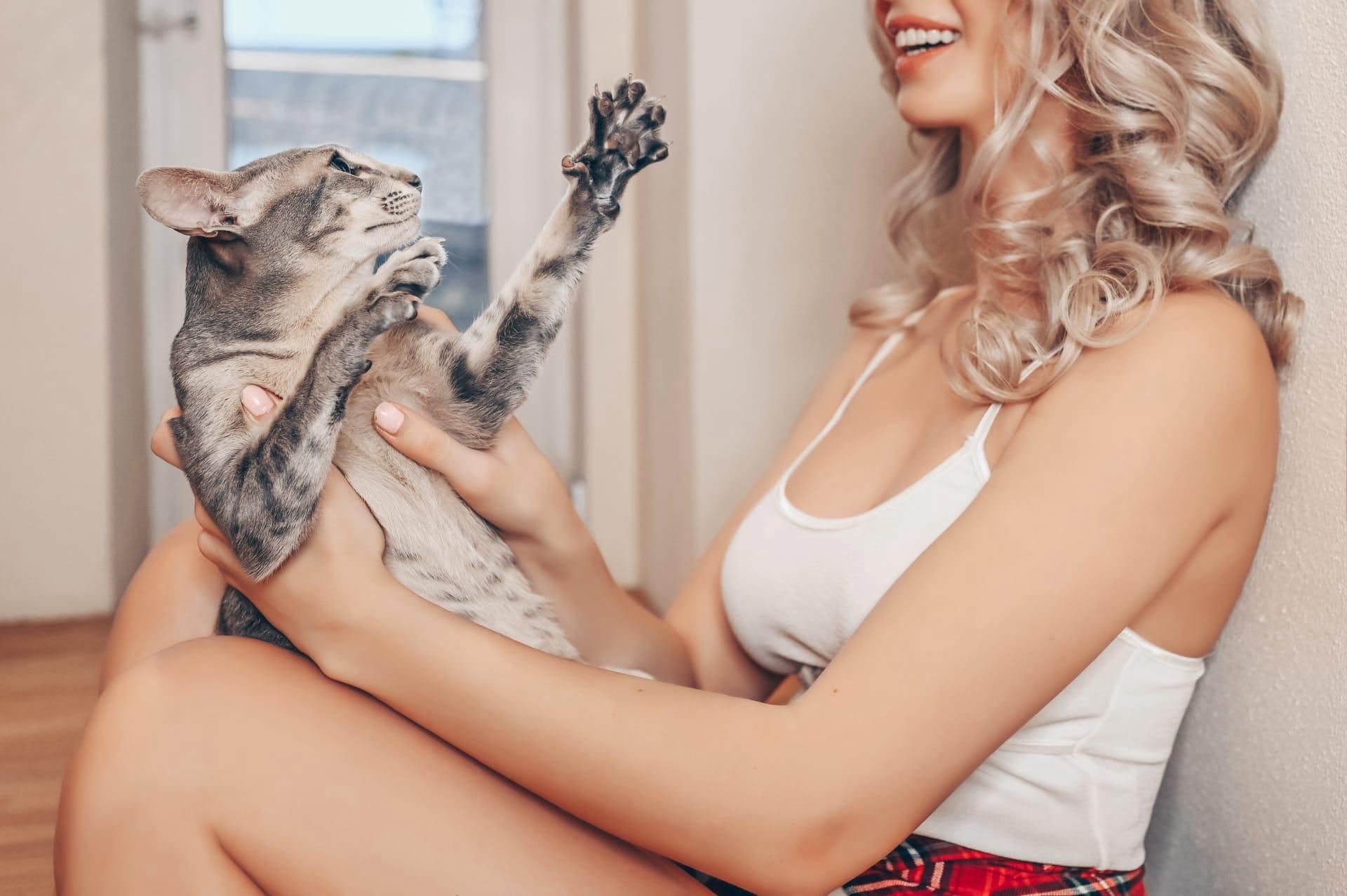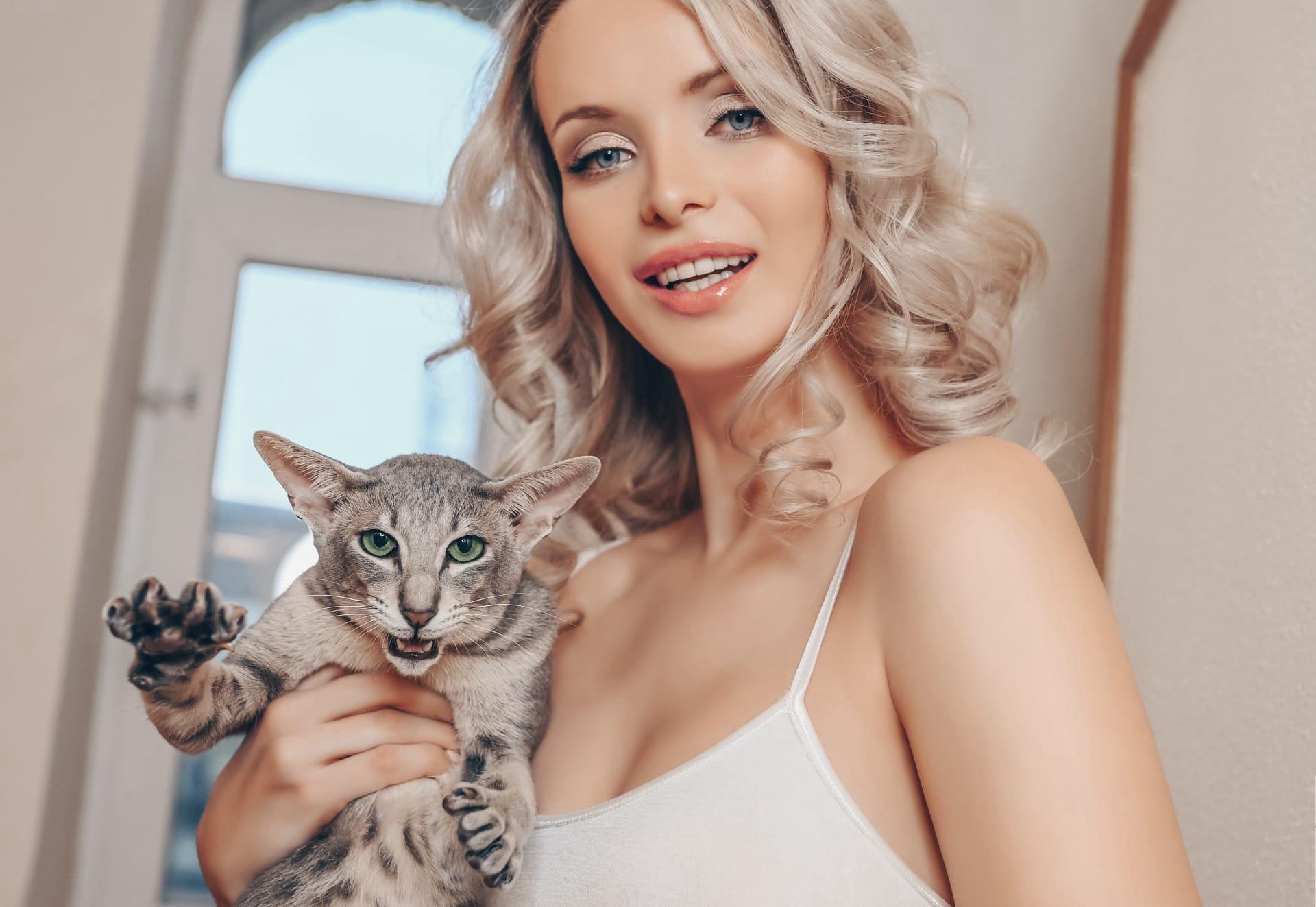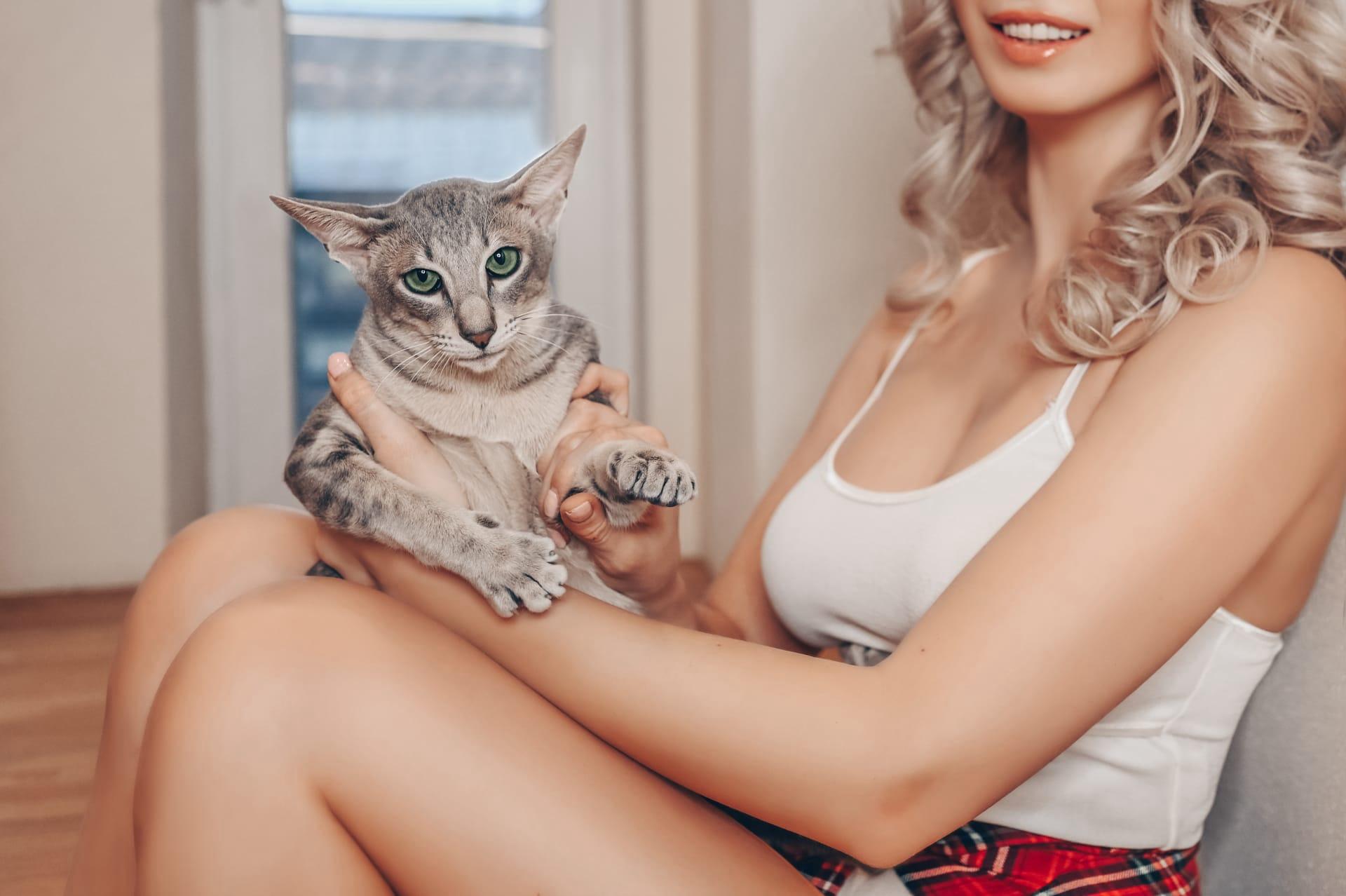Peterbald Cat Trivia
- Home /
- Trivia Question /
- Animal /
- Peterbald Cat Trivia
1
Question: What is the origin of the Peterbald cat breed, and when was it first developed?
Answer: The Peterbald cat breed originated in Russia, specifically in the city of Saint Petersburg, in 1994. It was developed by crossing a Don Sphynx (also known as Don Hairless) with an Oriental Shorthair, aiming to create a cat with a unique, elegant appearance and a distinctive hair-losing gene. The breed quickly gained popularity for its striking looks and friendly, outgoing personality.
Question: What are the unique coat types found in Peterbald cats, and how do they affect the cat's appearance over time?
Answer: Peterbald cats can exhibit a range of coat types, including bald (hairless), flock (very short, almost invisible hair), velour (a slightly longer coat that may disappear as the cat matures), brush (wiry, with some bald spots), and straight coat (normal short hair without the hair-losing gene). The hairless and flock coats are often sought after for their unique feel and minimal grooming needs, while the velour and brush coats may change as the cat grows older, sometimes resulting in a bald appearance in adulthood.

2
Question: Is it true that Peterbald cats are completely hypoallergenic due to their lack of fur?
Answer: While Peterbald cats are often marketed as hypoallergenic due to their minimal or absent fur, it's important to note that no cat breed is completely hypoallergenic. Allergies are primarily triggered by proteins found in a cat's saliva, skin, and urine, not just the fur. Peterbald cats produce these proteins like any other cat, so they may still cause allergic reactions in sensitive individuals, though potentially less so compared to furry breeds.
Question: Do Peterbald cats require no grooming due to their hairless nature?
Answer: Contrary to the assumption that Peterbald cats require no grooming, their skin care is actually quite demanding. Because they lack fur to absorb natural oils, Peterbalds need regular bathing to prevent oil buildup and skin issues. Their ears also require frequent cleaning since they don't have hair to protect against dust and debris. Additionally, sun protection is crucial for hairless Peterbalds to prevent sunburn.

3
Question: How does the personality of a Peterbald cat differ from other cat breeds?
Answer: Peterbald cats are known for their affectionate, sociable, and outgoing personalities. They are highly intelligent and enjoy being involved in their owners' activities, often following them around the house. Peterbalds are also vocal and communicative, using a variety of sounds to express their feelings and desires. Their friendly nature makes them excellent companions, including for families with children and other pets.
Question: Can Peterbald cats live comfortably in colder climates given their lack of fur?
Answer: Peterbald cats can live in colder climates, but they require special care to stay warm. Without fur, they lose body heat more easily than other cats, so it's essential to provide them with a warm environment. This includes heated beds, warm clothing, and keeping your home at a comfortable temperature. It's also important to limit their exposure to cold outdoor temperatures to prevent hypothermia.

4
Question: What is the expected lifespan of a Peterbald cat, and what health issues should potential owners be aware of?
Answer: Peterbald cats typically have a lifespan of 12 to 15 years, similar to many other domestic cat breeds. However, like all breeds, they can be predisposed to certain health issues, including heart problems such as hypertrophic cardiomyopathy, skin issues, and dental problems due to their genetic makeup. Regular veterinary check-ups and a healthy diet are crucial for maintaining their health and longevity.
Question: Are Peterbald cats good with children and other pets?
Answer: Yes, Peterbald cats are generally very good with children and other pets due to their friendly, sociable nature. They are known to be gentle and patient, making them suitable companions for families. Their playful and affectionate demeanor allows them to bond well with both kids and adults, as well as with other cats and even dogs, provided they are introduced properly and socialized from a young age.

5
Question: How does the Peterbald cat's diet and nutrition needs differ from those of other cat breeds?
Answer: The diet and nutrition needs of Peterbald cats are similar to those of other domestic cat breeds, requiring a balanced diet rich in high-quality proteins, fats, vitamins, and minerals. However, due to their higher metabolism associated with maintaining body temperature without the insulation of fur, Peterbald cats may require more food or more calorie-dense food compared to furry breeds. It's important to monitor their weight and consult with a veterinarian to ensure their dietary needs are met.
Question: How active are Peterbald cats, and what type of play and interaction do they prefer?
Answer: Peterbald cats are quite active and playful. They enjoy a variety of interactive toys and games that stimulate their natural hunting instincts and keep them physically and mentally engaged. Laser pointers, feather wands, and puzzle toys are among their favorites. Peterbalds also appreciate high places where they can climb and observe their surroundings. Engaging in daily play sessions is important for their overall well-being and helps strengthen the bond between cat and owner.